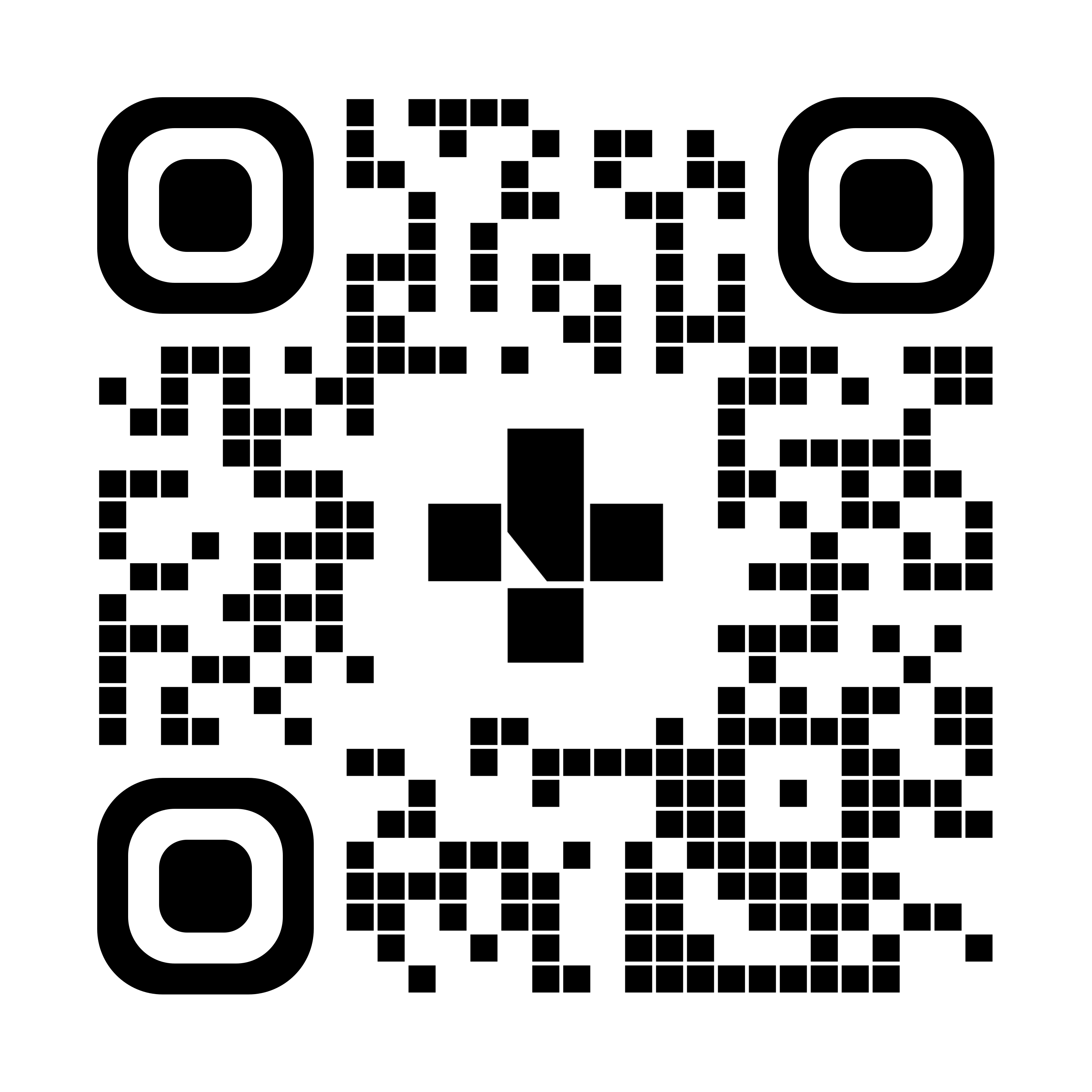Acetaminophen in Children
Your care instructions
Common brands: Tylenol, Tempra, and Pediatrix
What it's used for
Acetaminophen is used to treat mild to moderate pain (such as headaches, sprains, general aches, and pains) and to bring down a fever.
What to tell the doctor or pharmacist before giving your child this medicine
Tell the doctor or pharmacist if your child:
- has liver problems
- takes a blood “thinner”
- is allergic to acetaminophen
- is being treated for TB (tuberculosis)
Tell the doctor or dentist what other prescription, over-the-counter, or herbal medicine your child takes.
What you need to know when giving your child this medicine
What you need to know about different forms of this medicine
Acetaminophen comes in many forms. It comes as a pill, liquid, and a suppository (a form that is put in the rectum and may be used if your child can’t swallow medicine or keep it down).
What you need to know about how often to give this medicine
You can give acetaminophen every 4 hours as needed. Don’t give more than 5 doses in 24 hours. Your child’s dose depends on their weight. You can find the right dose for your child on the package or ask your doctor or pharmacist.
When to get help
Call 911 if your child has trouble breathing or their face, tongue, or throat starts to swell.
Call your doctor or Health Link at 811 right away if your child:
- is unusually tired
- is dizzy
- has yellow eyes or skin
- has a red, itchy rash or swelling
- feels sick to the stomach or is throwing up
- has pain in the abdomen/stomach, nose, throat, or eyes
- has urine (pee) that turns dark
Contact your doctor if your child:
- isn’t getting better or seems to be getting worse
- needs acetaminophen for more than 5 days
- continues to have a fever
- has pain that isn't getting better
If you have any questions or concerns about this medicine, talk to your doctor or pharmacist. Tell your pharmacist about any other medicines that your child is taking. Pharmacists can recognize drug interactions that may have been overlooked when prescribing. Make sure you know your child's weight so you can give them the correct dose medicine.
If you think your child may have been given too much of this medicine, call the Poison and Drug Information Service (PADIS) 24/7 at 1-800-332-1414 or Health Link at 811 for advice on what to do. |
To see this information online and learn more, visit MyHealth.Alberta.ca/health/pages/conditions.aspx?Hwid=custom.ab_acetaminophen_ac_child.

For 24/7 nurse advice and general health information call Health Link at 811.
Current as of: August 10, 2023
Author: Poison and Drug Information Services (PADIS), Alberta Health Services
This material is not a substitute for the advice of a qualified health professional. This material is intended for general information only and is provided on an "as is", "where is" basis. Although reasonable efforts were made to confirm the accuracy of the information, Alberta Health Services does not make any representation or warranty, express, implied or statutory, as to the accuracy, reliability, completeness, applicability or fitness for a particular purpose of such information. Alberta Health Services expressly disclaims all liability for the use of these materials, and for any claims, actions, demands or suits arising from such use.
